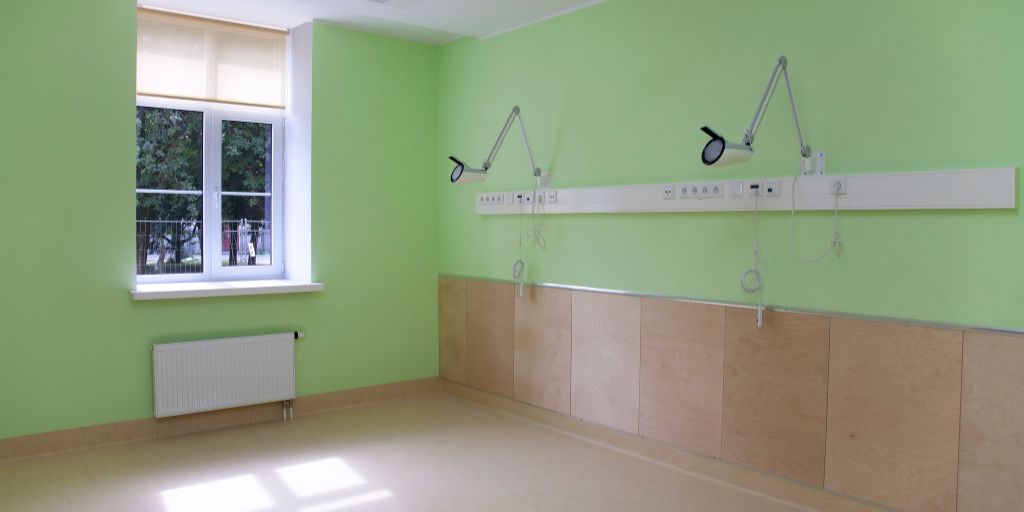
New analysis published today by the Health Foundation shows that 800,000 (12%) fewer patients in England were admitted to hospital in 2022 than in 2019, while at the same time the average length of time patients spent in hospital (the ‘length of stay’) increased.
These trends – a reversal of those seen in the decades prior to the pandemic – underline the intense strain on the NHS and raise questions about whether it can meet ambitious recovery targets.
In 2022, the total number of hospital admissions in England was around 6 million, compared to 6.8 million in 2019. In contrast, once admitted, the average time a patient spent in hospital increased from 7.3 days (2019) to 8.3 days (2022).
In emergency care – which accounts for over 80% of hospital bed days – the number of patients admitted for longer stays in hospital (14 days or more) increased by 41,000 in 2022 compared to 2019. In contrast, more than half a million (562,000) fewer patients were admitted for short stays (less than 14 days) in 2022 than in 2019.
The analysis suggests that because hospitals are at the limits of their capacity and because the average length of stay has increased, hospitals have had to increase admission thresholds, in effect rationing care by admitting fewer patients. It is not clear whether the patients who might have been admitted in 2022, had more beds been available, were treated elsewhere or have gone untreated.
Concerningly, the most significant reductions in admissions were seen among people living in the most deprived areas. Emergency admissions between 2019 and 2022 dropped by 80,000 for those living in the most deprived areas, more than twice as much as the 35,000 decrease for those living in the least deprived areas. These trends risk exacerbating existing health inequalities, particularly as people living in more deprived areas are likely to have greater health needs than those in more affluent areas.
While the findings are further evidence of insufficient capacity in hospitals, the reasons why length of stay increased since 2019 are complex and not fully understood. Reasons are likely to include:
- Increased delays to the discharge of patients who are medically fit to leave hospital. There were 14,000 delayed discharges in February 2022, almost double the 8,000 experienced in October 2020, due to limited capacity in social and community care.
- The continued presence of COVID-19. COVID patients generally stay longer in hospital, and the continued need for infection control protocols can also add time to a patient’s stay.
- A cohort of sicker patients being admitted due to increased waiting times for treatment and potentially also the longer-term impact of COVID infections.
Last year, the Health Foundation’s REAL Centre calculated that an additional 23,000 to 39,000 general and acute hospital beds may be required by 2030/31 to deliver pre-pandemic levels of care to an ageing population. In January this year, NHS England committed to increasing the number of staffed beds by 5,000 by 2023/24.
Charles Tallack, Director of Data Analytics at the Health Foundation and one of the report authors, said:
‘Hospitals are stretched to the limit, with bed occupancy well above safe levels. Patients are staying longer in hospital than before the pandemic, due to a range of factors including the ongoing impact of COVID-19 and delayed discharges. As a result, hospitals appear to have had little choice but to increase admission thresholds and reduce the number of patients being admitted, particularly in deprived areas of the country.
‘Years of under investment has seen hospital bed capacity come under real strain and social care and community services are severely stretched. The NHS has a huge task to recover services and improve access to care but it’s clear that more investment is needed to boost capacity inside and outside hospitals if these ambitions are to become a reality.’












